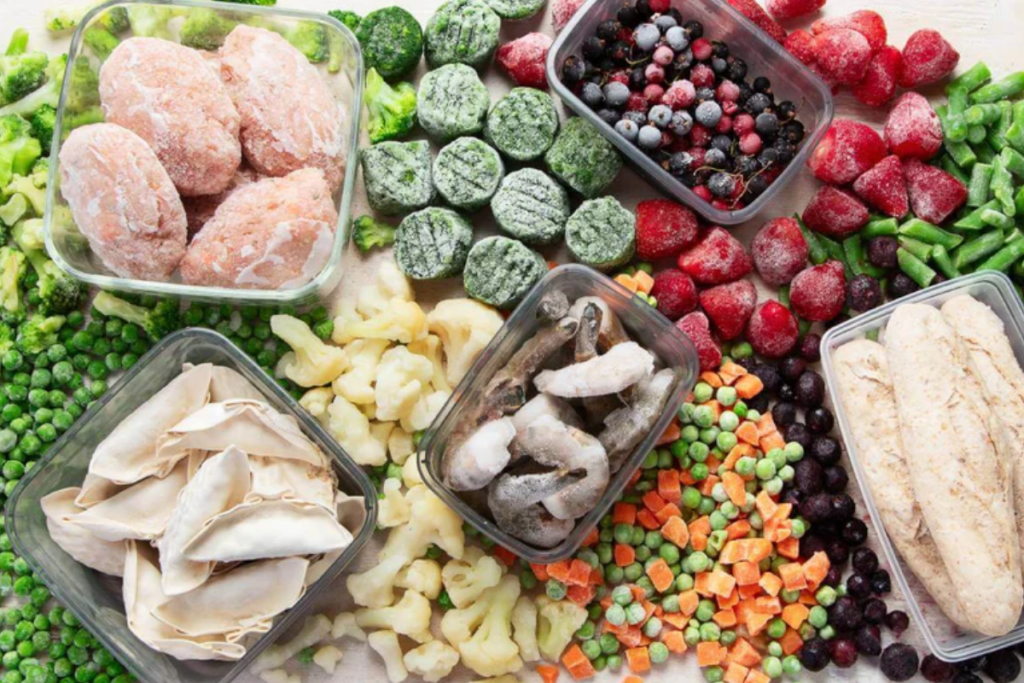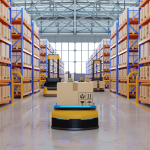Historically resistant to automation, cold storage environments are now seeing rapid robotics adoption. From frozen food distribution to pharmaceutical cold chains, companies are deploying robots engineered for sub-zero temperatures—unlocking new efficiencies in some of the most demanding logistics settings.
From Frost Resistance to Full Autonomy
Traditional automation struggled in cold environments due to condensation risks, battery degradation, and sensor malfunctions. But new robot designs are changing that equation. Autonomous mobile robots (AMRs) and automated storage and retrieval systems (AS/RS) are now built with industrial-grade insulation, anti-fog optical systems, and powertrains designed to operate at -20°C or lower.
Leading operators like Lineage Logistics and NewCold have deployed cold‑rated AMRs and AS/RS systems across frozen warehouses. Lineage’s new Hazleton, PA site and other automated hubs manage pallet flows and pick accuracy without exposing staff to harsh conditions. NewCold’s network of 25 highly automated facilities spans three continents, showcasing how robotics is reshaping cold-chain throughput
Advanced AMRs are also being integrated with warehouse management systems (WMS) to enable real-time adjustments based on order volume and SKU rotation, ensuring that sensitive goods spend minimal time in transition zones.
The New Cold Chain Robotics Playbook
Thermal-Rated Mobility Platforms: AMRs used in cold environments are now equipped with heated sensor housings and condensation-resistant lidar. These features enable accurate navigation even in fog-prone, low-light freezer zones.
Zone-Specific Orchestration: Robotic systems are configured with zone intelligence that differentiates between chilled, frozen, and ambient areas. Movement paths, task sequences, and dwell times are dynamically adjusted to minimize thermal exposure and preserve energy efficiency.
Battery Life Optimization: Lithium-titanate and other cold-optimized batteries now allow robots to maintain full-shift operations in sub-zero settings. Charging algorithms are also tuned to reduce downtime between cycles, even when charging stations are located outside temperature-controlled zones.
Co-Botics for Cold-Store Picking: Some facilities are piloting human-robot collaboration in refrigerated environments, with robots pre-positioning heavy frozen loads at ergonomic heights for manual pickers—reducing worker exposure time while maintaining throughput.
Real-Time Condition Monitoring: Integrated cold-chain robotics are increasingly bundled with sensors that track temperature, humidity, and handling force. This data is not only used for operational control, but also fed into regulatory compliance systems to ensure full traceability for food safety or pharma-grade goods.
Integrated Cold Chain Intelligence
As robotics move deeper into cold storage operations, the focus is shifting from standalone automation to orchestrated system intelligence. Cold chain AMRs and AS/RS units are becoming data nodes, not just labor substitutes, feeding continuous information about temperature deviation, SKU dwell time, and zone-level congestion into central visibility platforms.
For logistics leaders, the lesson is clear: the future of frozen isn’t just colder, it’s smarter. As regulatory pressure mounts around temperature integrity and food traceability, cold chain robotics will become a strategic lever not only for operational performance but also for compliance and brand protection.







